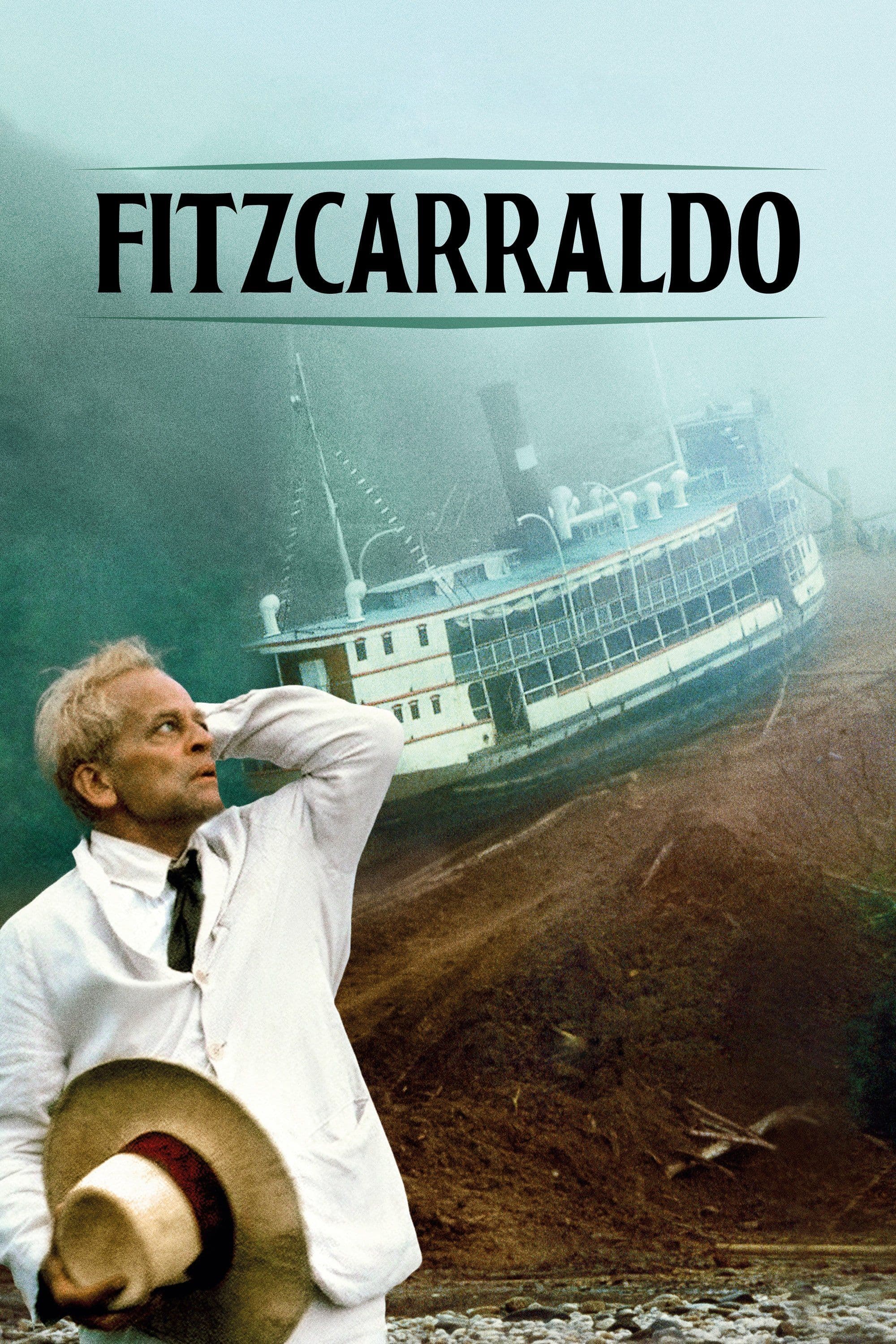
Fitzcarraldo
1982
Rate this movie
Average: 0.00 / 5
(0 votes)
Director
One of the craziest films ever made, and it could only have been made by Werner Herzog and Klaus Kinski.
Crazy, first of all, because its realization required immense effort, exactly like that narrated in the story: two deaths, an unspecified number of injured, four million euros burned in production (to pay for which Herzog had to practically commit everything he had), three years of work in the middle of the jungle. The legend surrounding the genesis of Fitzcarraldo is, in its own way, a parallel work of art, an unwritten documentary on human obstinacy. Herzog, with his unparalleled and at times ruthless tenacity, embodied his own Fitzcarraldo, not hesitating to challenge impossible logistics and Nature itself, physically moving a 320-ton ship up a jungle hill for eighty days. It was such an extreme production ordeal that it almost made the troubled initial phase with Jason Robards and Mick Jagger seem secondary, they later abandoned due to the former's illness and the latter's irreconcilable commitments. This insane epic of will and obsession found its perfect metanarrative in Les Blank's famous documentary Burden of Dreams, which only amplifies the finished film's almost mythological aura, making the boundary between fiction and production reality a sublime nuance.
Secondly, it's crazy because due to, or perhaps thanks to, Kinski's wildness and a limping screenplay, the film turns out grotesquely disjointed, heterogeneous, but precisely for this reason, immensely fascinating. Kinski's 'wildness' was not a mere prima donna whim, but a telluric force that Herzog, the only one capable of taming or at least containing it, managed to channel. The actor, with his sulfuric aura and his unstructured method – if one can define the absence of a method that wasn't total and often destructive identification – imbues Fitzcarraldo with a visceral quality and an almost messianic fury that transcends the writing. The screenplay, rather than limping, appears deliberately elliptical, almost a framework for the improvisation of an existential drama that feeds on the very challenges and madness faced on set. This heterogeneity, far from being a flaw, becomes the stylistic hallmark of a work that reflects the primordial chaos of the jungle and the tempestuous soul of its protagonist, a man whose greatness is inseparable from his aberration.
Fitzcarraldo narrates the story of a man who wants to build an opera house in a remote Amazonian jungle town to pay homage to his great idol: Caruso. His is not just a tribute to the tenor, but an absolute and almost blasphemous act of faith towards Art with a capital A, an imposition of European culture into the pulsating and indifferent heart of the wild.
Fitzcarraldo is a journey into the soul of this character who, as if through a kind of osmotic process, identifies and merges with his masterful interpreter: Klaus Kinski. His titanic efforts to bring culture into the middle of nowhere will become an integral part of this great little epic. His great dream is embodied in an immense cathedral in the desert, a standalone work, built to pay homage to the operatic greats with no connection to the surrounding environment. It is the quintessence of human aspiration for elevation, an absurd Promethean challenge launched against the inevitable. Fitzcarraldo is a modern Sisyphus pushing his boulder – in this case, an ocean liner – not towards a sterile peak but towards the utopia of lyrical harmony in a place where only the roar of nature dominates. His vision, so eccentric and boundless, echoes that thread of German Expressionism and then the New German Cinema that Herzog himself helped define, where man, often solitary and megalomaniacal, confronts the absurd and the immeasurable, as already happened in Lope de Aguirre's conquistador delirium in Aguirre, the Wrath of God.
To realize his dream, he will not hesitate to transport a rubber-carrying boat across a vast hilly stretch in the middle of the Amazon rainforest. The scenes where the indigenous people and the crew work with winches and pulleys to drag the immense hull to the top of the hill are emblematic of human stubbornness gripped by a surreal madness. This sequence, which alone would be worth the entire film, is a marvel of realism and at the same time a powerful allegory. It is the visual representation of a collective delirium, a hymn to obstinacy, an ode to the human capacity to pursue the impossible, be it for lust for profit or for a pure and inexplicable artistic mania. The relationship with the indigenous people, initially instrumental, evolves into a kind of forced symbiosis, almost as if their submission to Fitzcarraldo's will was not solely the result of imposition, but also of their ancestral understanding of a greater design, or simply a fatalistic surrender to yet another madness of the white man. The mountain becomes a biblical obstacle, the ship an ark that, instead of saving, challenges.
A masterpiece by Werner Herzog and a ravenous performance by Kinski. A work that, due to its very genesis and the power of its images, stands as a monument to the force of desire and illusion.
Memorable scene: Fitzcarraldo who, having overcome adversity, upon his arrival stands on the deck of the ship, making Bellini's notes resonate with his gramophone. That final moment, an ephemeral and profoundly melancholic triumph, seals the essence of the film. The lyrical singing that spreads across the waters of the Amazon River is the supreme affirmation of a realized dream, however fleeting, a sublime absurdity that has shaped its very creator and its interpreter into an immortal legend, a persistent echo of insane and wonderful human ambition.
Gallery

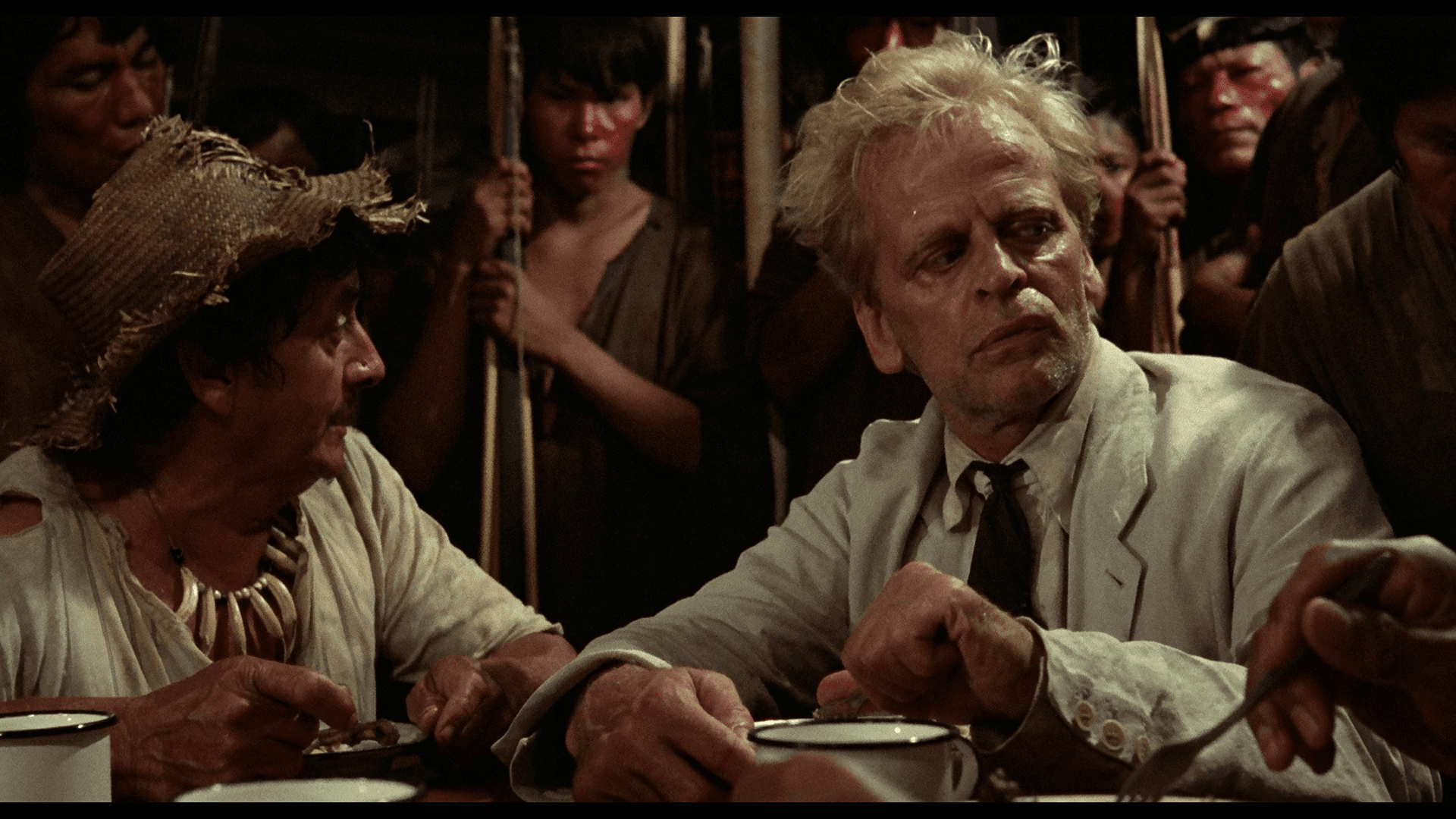

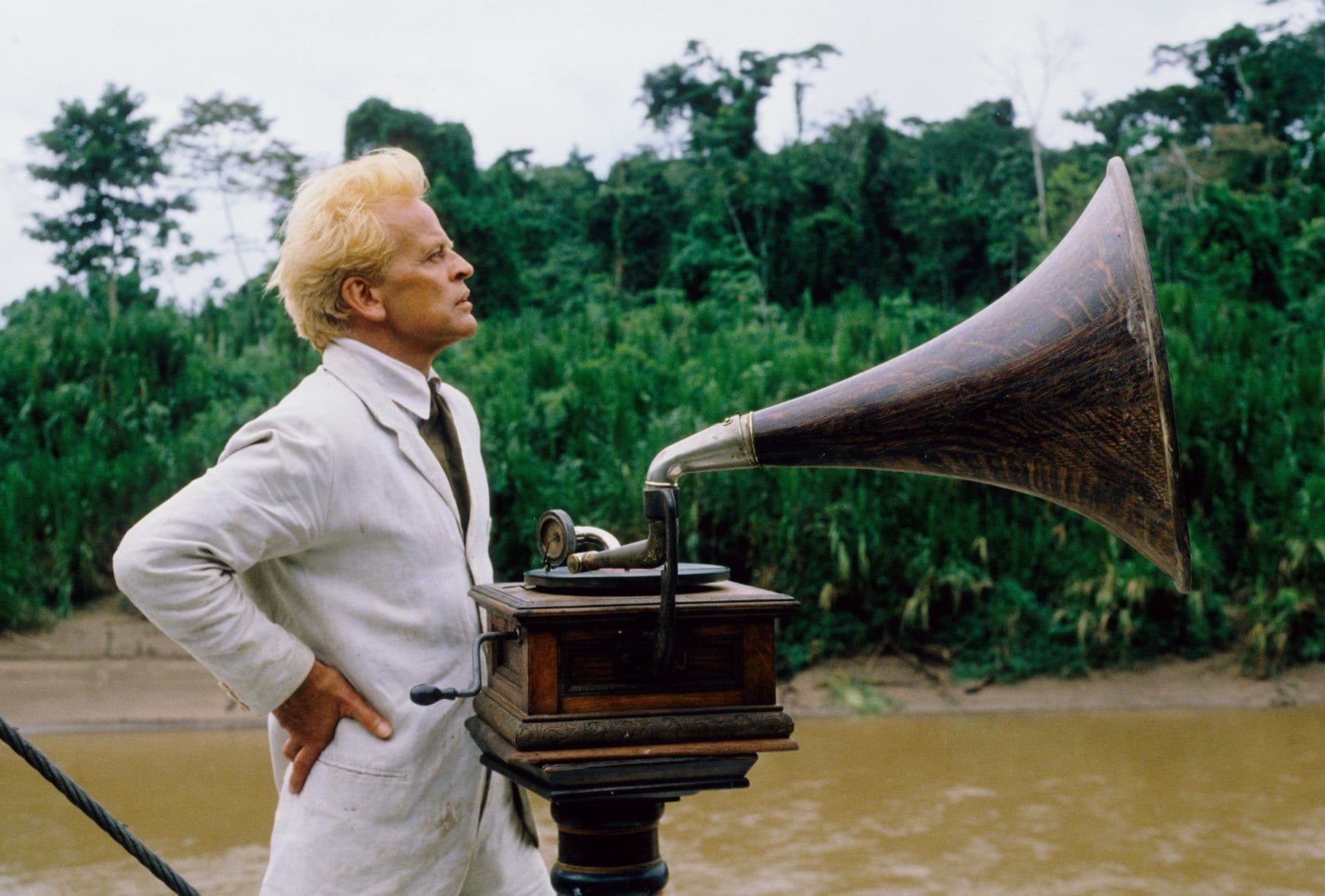
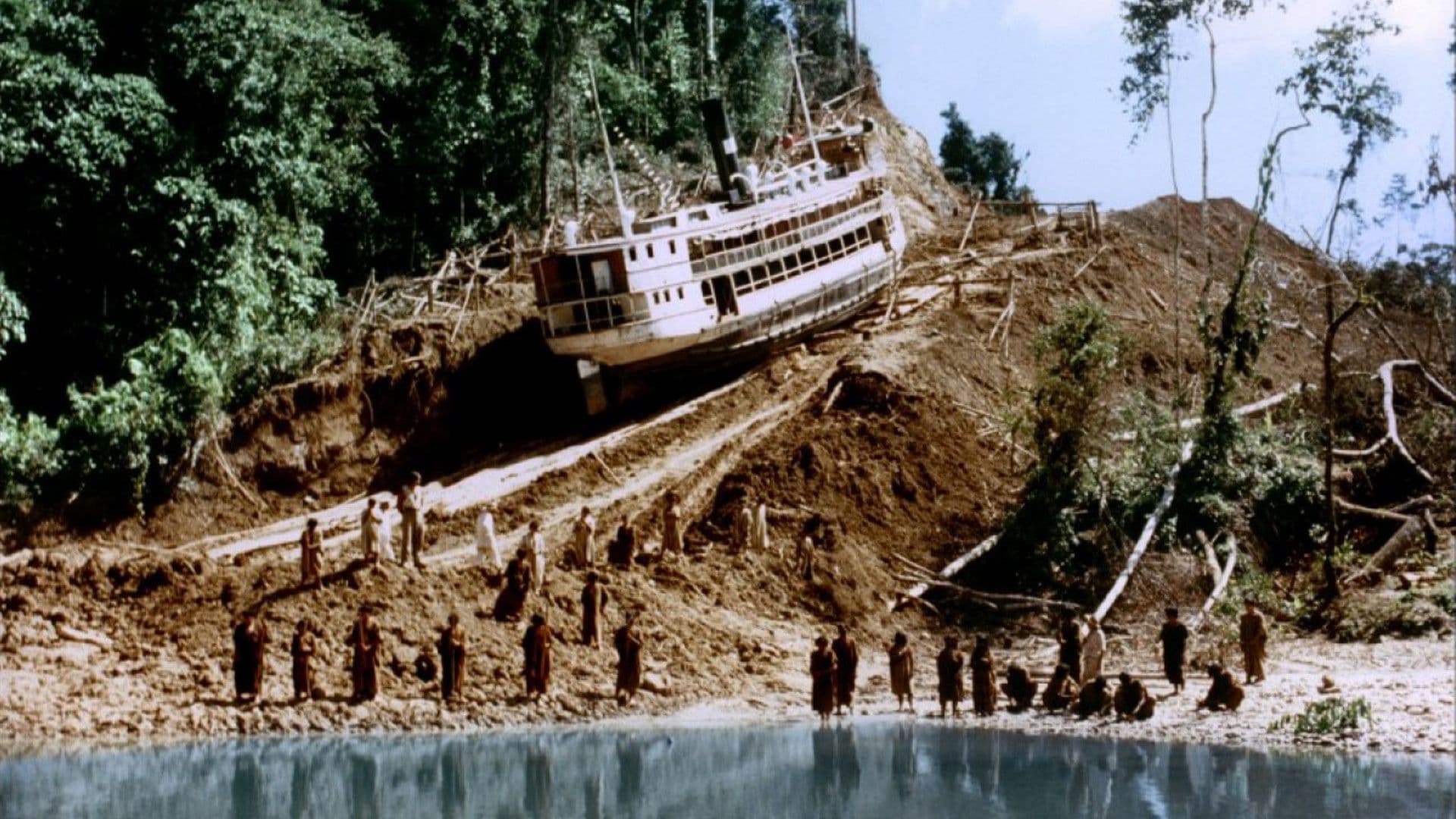
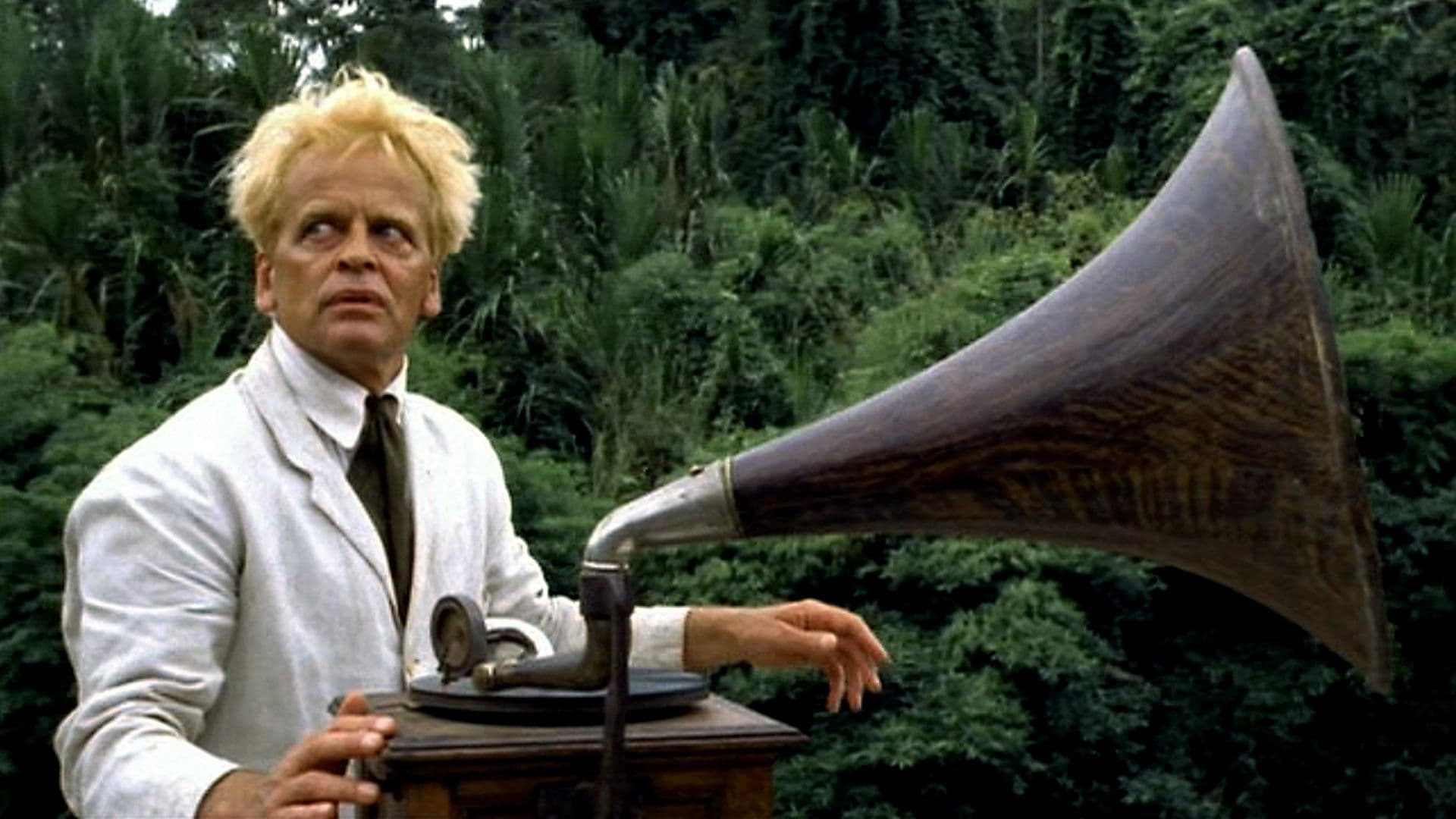
Comments
Loading comments...